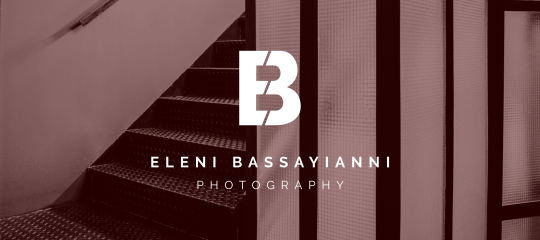Tzistarakis Mosque
Tzistarakis Mosque is an annex of the Museum Modern Greek Art.
Location
Timeline
Modern and Contemporary era (1821 - )
1839 There was also a minaret, which was demolished between 1839-1843.
1915 Restored by Alexandros Orlandos.
1918 It housed, until 1973, the "National Museum of Decorative Arts".
1966 It was shaped for the prayer of the fallen monarch of Saudi Arabia, Ibn Saud.
1975 It becomes Museum of Traditional Pottery and hosts the collection of Vassilis Kyriazopoulos.
1981 An earthquake caused severe damages, but now the building is restored.
Ottoman era (1453- 1821)
1759 The voivode Mustafa Agha (Tzistarakis) built it, as indicated at the entrance.




Share